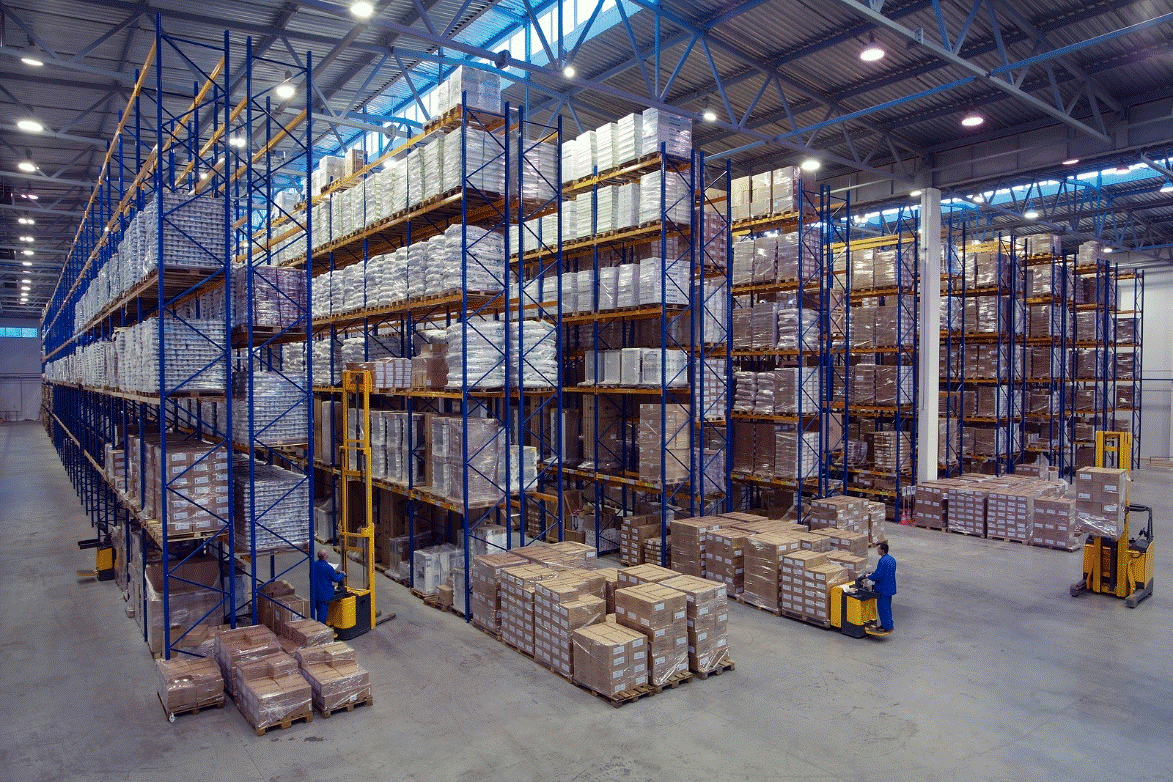Pallets are our inanimate best friends. They’re there when you need them, will listen to you when you just need to vent, they are reliable, they won’t suddenly change their personalities when they’re around other people, and you share a rich history that dates back to when you were just toddlers. While the last one might not be true, pallets do share a long history with humankind.
Before the advent of the pallet, companies used to package using wooden crates, barrels, kegs, and, sadly, cardboard boxes. After the forklift was invented in the early 1920s, pallets and trusty pallet couriers were elevated into the limelight of the delivery world. Pallets were designed with the forklift in mind and in 1925 received a boost when a bottom plank was added to the design, enabling stacking.
During WWII pallet usage spread significantly. Distribution between allied countries led to the use of a standard 48 x 48 pallet. Such exposure made businesses realise the impact of pallets, which in turn led to thousands of companies to deem the pallet a business necessity.
In 1954 another breakthrough in the world of distribution made pallets an even more obvious choice for shipping. The narrow aisle electric reach truck made reaching from high to low even easier, leading businesses to narrow out their warehouse aisles and stack vertically.
1968 was also a landmark year for pallets. The pallet was standardised further when a number of Canadian grocery chains met in order to decide upon a pallet to be used for interexchange. The 48 x 40 GPMC was born and is now the North American standard.
Today pallets are used far and wide, and businesses today can’t imagine how life every could have been without them. Around 450 million pallets are produced every year in North America with at least 1.9 billion currently in use.
Gone are the days when pallet design was specific to its business or product; materials such as wood, plastic, metal, paper, and aluminium are now used to create pallets, while 40 x 48 is the standard that will see your goods safely delivered on time. And just because they sit at the back of dusty warehouses doesn’t mean pallets don’t have a long history of streamlining business – and there’s no better friend than that.

